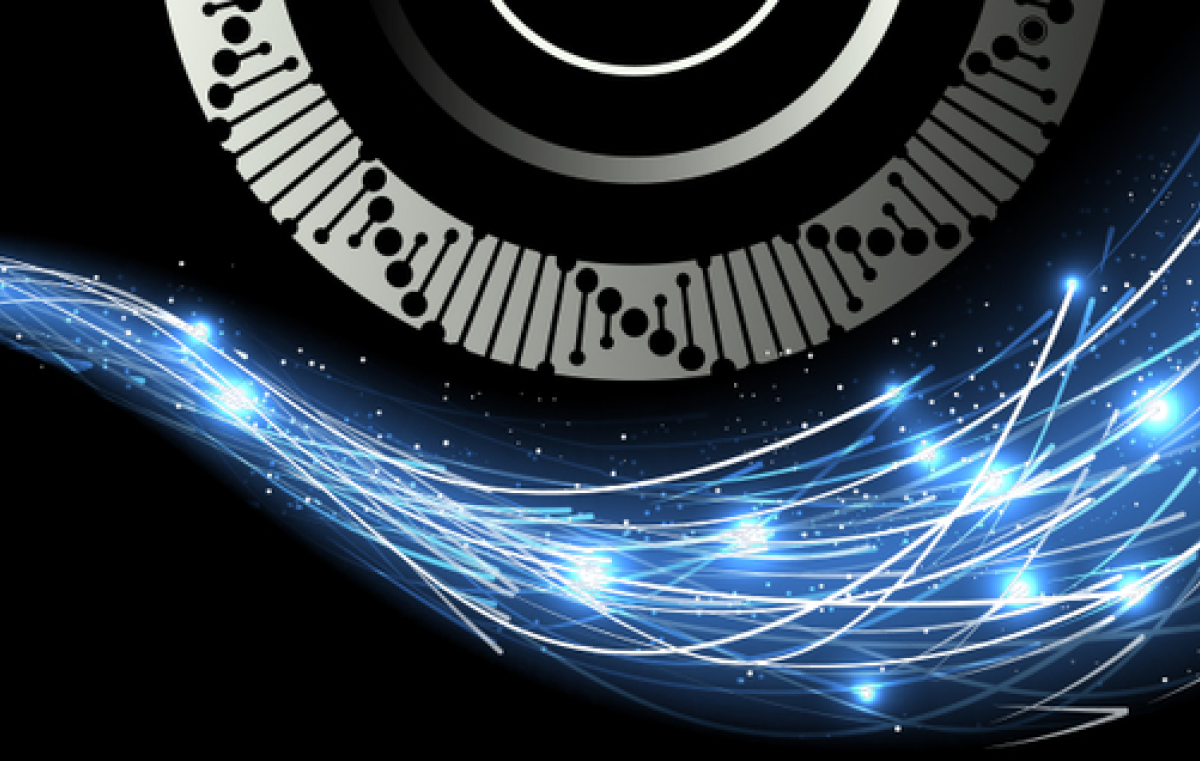Resolving forward scatter
Researchers record first ever direct mapping of forward scattering events

The scattering of light is among the most common and widely employed phenomena in optics. Many technological applications rely on identifying the exact location of a scattering event in space. For example, light detection and ranging (LiDAR) in autonomous vehicles is based on the collection of light that is scattered off objects in the scene. The origin of an optical scattering event in the backward direction is readily identified: One can launch a short pulse of light towards a target, and measure the time required for a reflected echo to arrive. As the speed of light is known, this so-called time-of-flight directly reveals the distance to the point of reflection. However, many scattering phenomena of interest also take place in the forward direction. In that case, identifying the exact location where the scattering event took place becomes tricky.
“Think of an optical fiber,” says Dr. Kavita Sharma, post-doctoral scholar with the group of Prof. Avi Zadok at the Faculty of Engineering of Bar-Ilan University in Israel. “Light launched at one end may undergo forward scattering along the fiber for a number or reasons. The outcome may only be observed at the far end of the same fiber. Scattering modifies the exact frequency of the collected light wave, however its speed is almost unchanged. No matter where along the fiber the scattering occurred, the outcome would still arrive at the same time. Identifying the point of origin is a long-standing, fundamental difficulty.”
The challenge of resolving the exact location is not merely an academic curiosity. Graduate student Elad Zehavi explains: “Scattering in the forward direction along optical fibers creates unique sensing opportunities. It can reveal the properties of media outside the boundary of the fiber, where light does not even reach.”
Over the last six years, the Zadok group and a number of others developed innovative sensing protocols based on the principles of forward scattering in fibers. Zehavi continues: “The merit of these fiber sensors would really depend on the ability to resolve contributions that originated from different locations. With that accomplished, distributed mapping of conditions along the fiber can be obtained. However, this is hard to do.”
Several protocols for the spatially distributed mapping of forward scattering have been proposed in recent years. However, all have been indirect. Prof. Zadok explains: “The solutions we have thus far all rely on a secondary back-scattering mechanism to indirectly retrieve the forward scatter information. The gap is both conceptual and practical: Such indirect analysis requires that we take the derivatives of data we collect with respect to position. This process is highly sensitive to noise.”
In a new paper published in the journal Optica, the group reports the first ever direct mapping of forward scattering events. The technique is implemented in a specific category of optical fibers, called “polarization maintaining”. In these fibers, a pair of light waves moving in one direction can initiate the forward scattering of a third, counter-propagating optical field. “The forward scattering of that wave is directly mapped as a function of time, just like known protocols for reflections analysis. The answer to a conceptual challenge is rather rewarding,” concludes Dr. Sharma.
The work also includes a preliminary demonstration that distinguishes between air and water outside a specific location along 1.1 km of mapped fiber. “The sensing observation is still very preliminary,” says Prof. Zadok, “yet the results can help this new concept of scattering sensors move forward, in more way than one.